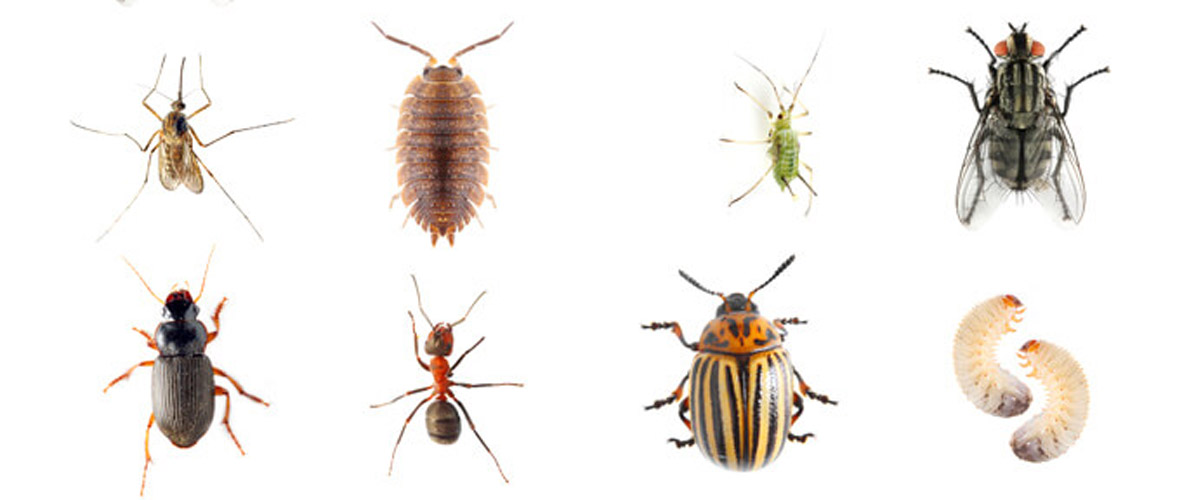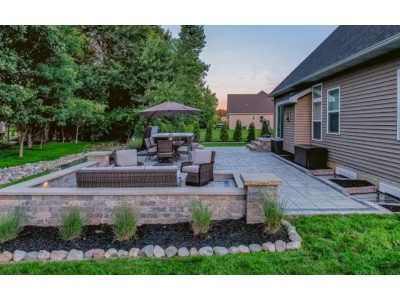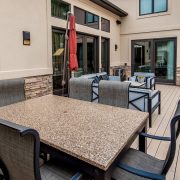Household pests can cause significant damage and discomfort if not properly managed. Understanding the common types of pests and their preferred habitats is essential in maintaining a pest-free home. This guide will help you identify some of the most prevalent household pests and their typical living environments, providing useful information for effective pest management.
1. Ants
Habitats: Ants are social insects that live in colonies. They are commonly found in kitchens, bathrooms, and areas where food and moisture are readily available. Ants build their nests in walls, under floors, and in cracks and crevices.
Identification: Ants are small, ranging from 1/16 to 1/2 inch in length. They can be black, brown, or reddish in color. Ants are often seen marching in a line as they forage for food.
2. Cockroaches
Habitats: Cockroaches thrive in warm, dark, and moist environments. They are typically found in kitchens, bathrooms, basements, and areas where food is stored or prepared. Cockroaches hide in cracks, behind appliances, and inside cabinets.
Identification: Cockroaches vary in size from 1/2 to 2 inches in length. They have flattened bodies, long antennae, and are usually brown or black. The presence of droppings, egg cases, and a musty odor are signs of a cockroach infestation.
3. Rodents (Mice and Rats)
Habitats: Rodents seek shelter in attics, basements, garages, and within walls. They are attracted to areas with accessible food, water, and nesting materials. Rodents create nests using paper, fabric, and insulation.
Identification: Mice are small, about 2-4 inches long, with large ears and a long tail. Rats are larger, ranging from 7-9 inches in length. Both leave droppings, gnaw marks, and greasy rub marks along walls and baseboards.
4. Termites
Habitats: Termites live in underground colonies and within wooden structures. They are attracted to moisture and cellulose materials, such as wood and paper. Termites are commonly found in foundations, wooden beams, and furniture.
Identification: Termites are small, about 1/4 to 1/2 inch long, and are white or light brown. They have straight antennae and a segmented body. Mud tubes, damaged wood, and discarded wings are indicators of a termite infestation.
5. Bed Bugs
Habitats: Bed bugs hide in mattresses, box springs, bed frames, and upholstered furniture. They can also be found in cracks, crevices, and behind wallpaper. Bed bugs are nocturnal and feed on human blood.
Identification: Bed bugs are small, about 1/4 inch long, and are reddish-brown. They have flat, oval-shaped bodies. Signs of bed bugs include rusty or reddish stains on bedding, small dark spots (excrement), and shed skins.

6. Spiders
Habitats: Spiders prefer dark, undisturbed areas such as basements, attics, and closets. They are often found in corners, under furniture, and in webs. Spiders can enter homes through cracks and gaps.
Identification: Spiders vary in size and color. Common house spiders are small, with long legs and a round body. Webs in corners and window frames are common signs of their presence.
Prevention and Management
Effective pest management involves identifying and addressing the conditions that attract pests. Here are some tips to prevent and control household pests:
- Maintain Cleanliness: Regularly clean kitchens, bathrooms, and dining areas to remove food particles and spills.
- Seal Entry Points: Close gaps and cracks in walls, windows, and doors to prevent pests from entering.
- Proper Storage: Store food in airtight containers and dispose of garbage regularly.
- Reduce Moisture: Fix leaks and ensure proper ventilation in damp areas.
- Regular Inspections: Conduct regular inspections of your home to detect early signs of infestations.
Conclusion
Understanding the common household pests and their habitats is crucial in maintaining a pest-free environment. By implementing preventive measures and promptly addressing infestations, you can protect your home from the damage and discomfort caused by these unwanted intruders. For more detailed pest management strategies, consulting a professional service like Saela Pest can provide expert guidance and solutions.












Comments